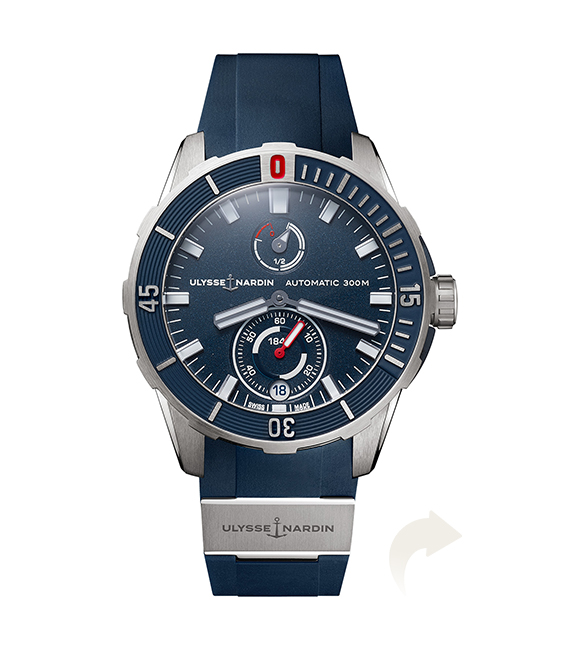This site uses cookies. By continuing to browse the site you are agreeing to our use of cookies. Find out more here
How water resistant is my watch and how can I keep it that way?


The low-down on water resistance
Summertime is swimming time. And it’s not unusual that someone forgets to take off their wristwatch before diving into the water. We will show you how water resistant your watch is.
The water-resistance of a watch is measured in metres or atm. In terms of water-resistance 1 atm is equivalent to 10 m, 2 atm is equivalent to 20 m, and so on. Please note that metres do not correspond to the equivalent underwater depth. A watch with water-resistance less than 5 atm should not be immersed in water. A surface splash should not affect the water-resistance, but the impact of submersion would risk damaging the timepiece. If you plan to wear your watch day-to-day when washing your hands and showering, we recommend a water-resistance of at least 5 atm. If you wish to wear your watch for swimming, water sports, and other day-to-day exposure to water, you will need full water-resistance, which is guaranteed over 100 m (10 atm). Note that for diving you will need a purpose designed diving watch. For a dive of 200 metres, you need a watch resistant to 20 ATM. Here are the most beautiful diving watches:
The water-resistance of a watch is guaranteed for a limited time. We recommend having mechanical and quartz watches serviced every one to two years. The water-resistance of quartz watches can be checked when replacing the battery. The water-resistance of a vintage watch cannot be guaranteed unless it has been recently serviced by a certified professional.
Take the following precautions to protect the water-resistance of your watch:
- The seals will deteriorate faster if exposed to extreme temperature changes (e.g. from the shower or direct sunlight to submersion in cold water);
- Violent impacts, even if they leave no visible marks, may damage the water-resistance (and functioning) of the watch;
- Never set your watch underwater as water could leak into the case when you pull out the crown;
- Should your watch have a screw-down crown, ensure it is fully tightened before exposing to water.
- Be careful not to overtighten the crown as this may compress and damage the seal;
- Never start any complications in your watch while underwater as water could leak through the pushbuttons;
- Should you wish to regularly wear your watch underwater, we recommend you use a suitable strap. Choose a rot-proof metal bracelet or a quality leather strap designed for use with diving watches.
Should you notice condensation or moisture inside your watch, present it to Customer Service immediately for servicing. Our watchmaker will fix the water-resistance or carry out a complete overhaul.
After-sales service is one of Les Ambassadeurs’ strong suits. In every boutique, our experts – a team of master watchmakers – handle repairs and servicing in specially equipped workshops, which customers can view from behind glass. This level of transparency enables customers to get an idea of what exactly happens to their watch. In this way, professional, specialised service is the key to successful after-sales service. Find more watchmaker tips here.





